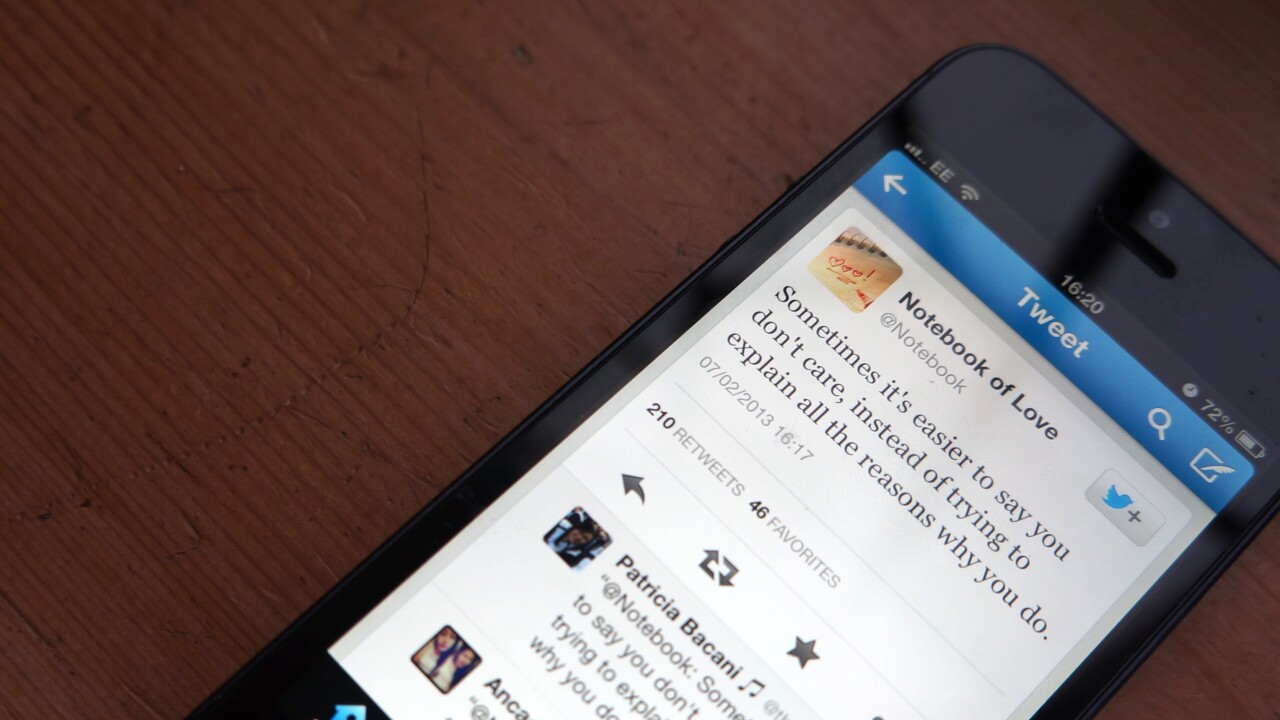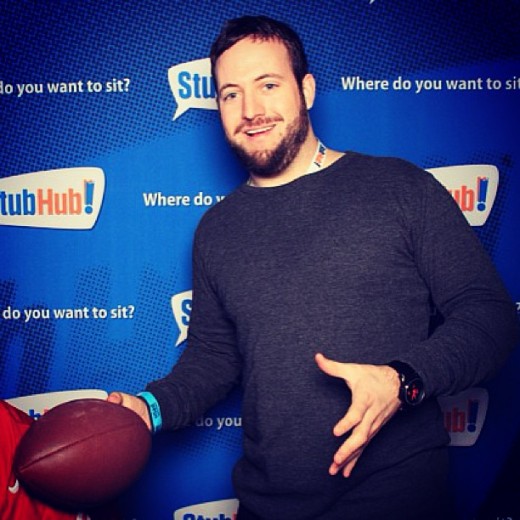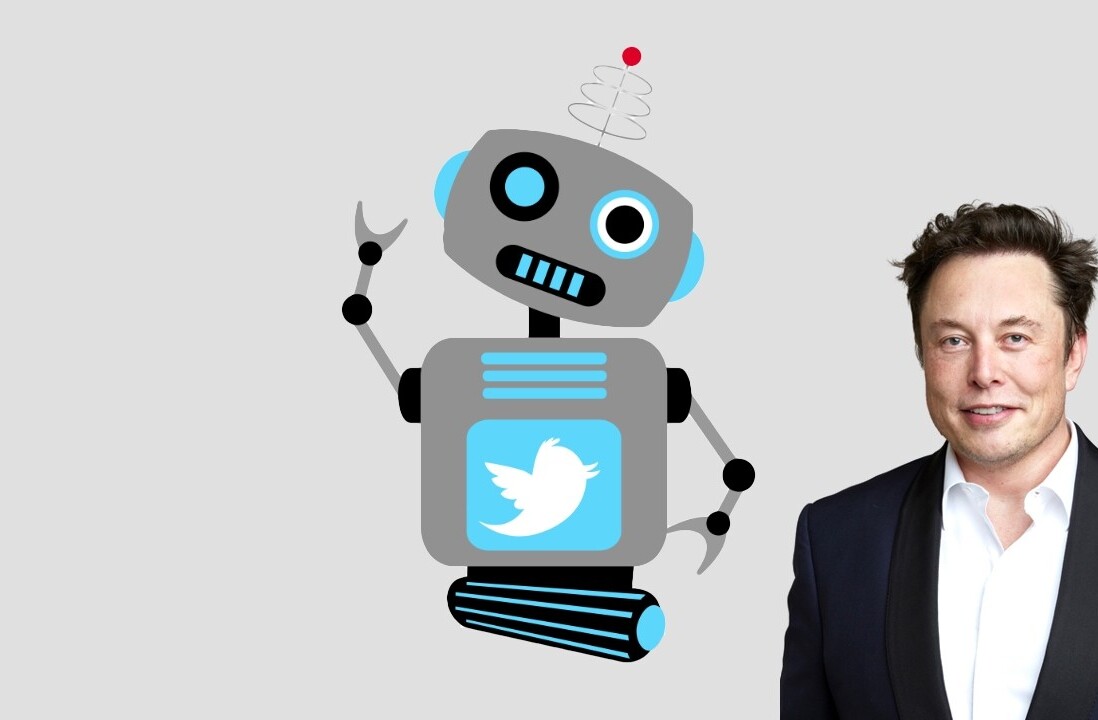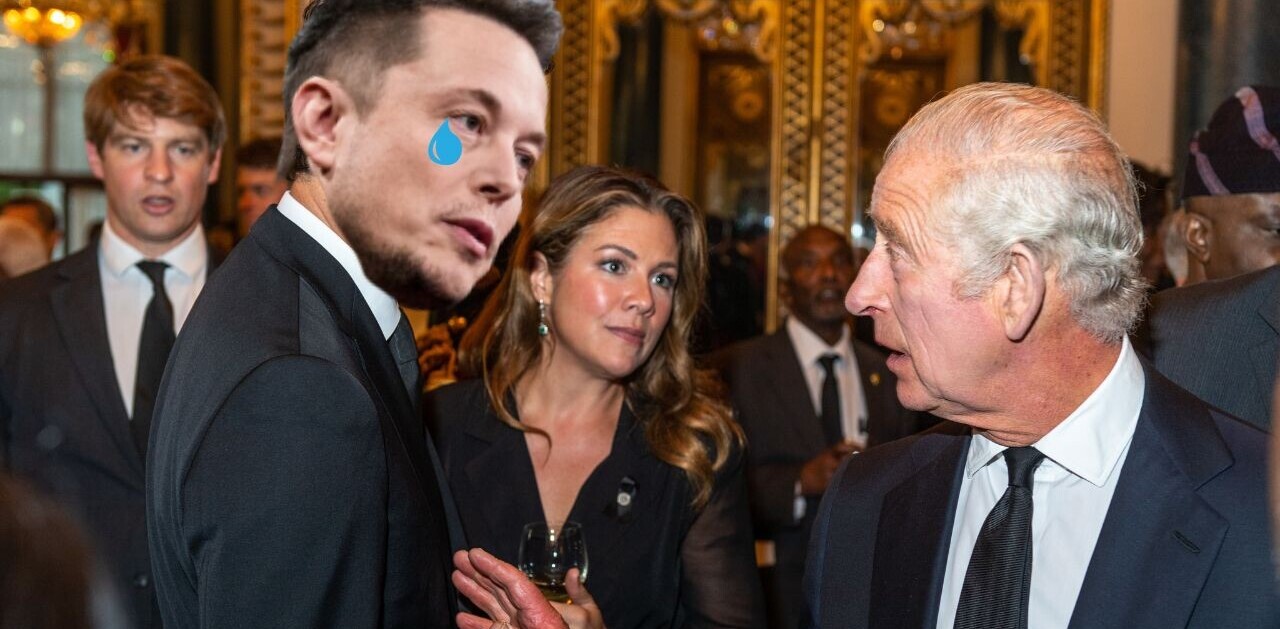
For anyone who is semi-active on Twitter, the chances are they have been followed, retweeted or received a direct message from someone who calls him or herself a ‘social media guru’. The characteristics are always the same: countless thousands of followers, which almost exactly mirror the number of people the person follows, with plenty of self-promoting keywords and hashtags filling out their profile.
Social media gurus (mavens, ninjas, masters) are everywhere you look on Twitter. According to FollowerWonk (via Adage), there are now 181,000 people who use one of these four terms in their Twitter profile. The worrying thing is that the number of self-titled social media specialists has rocketed from a modest 16,000 in 2009, a 1031 percent increase in a little over three years.
Many so-called experts funnel their clients into made-to-measure tools, without a methodical strategy for how to use them or how to engage with the people that they want to be engaging with. Often, it’s a race to get as many Likes, Retweets, Follows or Pins as possible with little or no care for providing value to the people that they want to engage. It’s a matter of setting up Tweetdeck or Hootsuite and getting someone posting updates, without telling them why it matters or what they need to say or do to connect with their target audience.
Despite this, there are people who have ‘cracked’ the code behind what makes a good social media marketer. Some have authored books on the subject, others create hugely successful businesses teaching others some of the secrets of the trade. Others don’t feel the need to tweet the fact.
Twitter business
 It could be argued that one of these people is Branden Hampton. While his name might not sound familiar, it’s almost certain that you will have encountered a tweet from one of his Twitter accounts.
It could be argued that one of these people is Branden Hampton. While his name might not sound familiar, it’s almost certain that you will have encountered a tweet from one of his Twitter accounts.
Hampton, along with his business partner Ryan Detert, runs California-based Influential Media Group, a company that specialises in providing clients with various social media strategies for one social network: Twitter. While the company counts over 30 million followers from the accounts that it owns and manages, Hampton personally oversees 24 Twitter accounts that have over 11.5 million followers in total.
The company also helps celebrities, sports stars, music artists and bands develop ways to engage more with their followers.
Ever seen an inspirational tweet in your timeline from @Notebook? That’s one of, if not the most, successful Twitter properties that Hampton owns. It’s run by his fiancée Stephanie Perez and ranks number 168 in the top Twitter accounts on the planet.
You shouldn’t try to change what you see, you should try to change the way you see them.
— Notebook of Love (@Notebook) February 5, 2013
Why Twitter?
Signing up for an account when Twitter first launched, Hampton says he was one of the many early adopters who didn’t really get or understand how the service worked, with it taking him another 6-7 months to circle back to it. At the time, Ashton Kutcher was racing CNN to become the first Twitter account with one million followers, and so decided to give it another chance.
“I soon realised that people, instead of updating like they would on Facebook, people were providing content – this was very intriguing to me. Whether they were quotes, jokes or other content, people were reposting it and they were sharing it, and it was allowing people to grow,” says Hampton. “I’m a very competitive person, so I thought that it if there’s somebody out there who is funny, they can get 10,000 followers, so I realised that I could get 10,000 followers by talking about things I like to talk about.”
Starting with a personal and another more risqué comedic Twitter account, Hampton saw his follower counts rise into the tens of thousands. Leaning on his marketing background and previous sales experience, he set about creating a portfolio accounts that would not only allow him to extend his business, but also demonstrate how lucrative Twitter could be as an industry in itself and “show up the social media gurus in the industry that are teaching the wrong things.”
Notebook
Hampton launched @Notebook in February 2011, attracting 30,000 followers in three weeks. Today, it has over 4 million.
(Graph from TwitterCounter)
How did @Notebook get so many followers? Its creator explains:
“Let’s say I had a 1000 followers at the time. I would go to someone with 2000 followers and ask them “Hey, why don’t you tell people about my page and I will do likewise.” I probably did that for 2-3 weeks on The Notebook, and got some really good traction and gained about 30,000 followers during that time.
Most of what I did was to post content that was retweetable. I would find things that would resonate really well, and I knew from my personal page that Twitter users aren’t going to retweet a message saying I am going to Starbucks. That’s not the type of stuff that resonates.
That way I was able to get new followers and acquire new people towards my brand. I posted content that goes beyond my own pages and extends to their followers, providing something that has value. That may apply to 5% of my followers and they actually retweet it, but they are extending that value to their own follower base.
“It’s the numbers game, the more tweets that you post that resonate beyond your own followers will give you the ability to attract new ones. I don’t have to be myself to manage those pages and own those properties, I have to be whatever the personality is needed to be behind that page.”
Evolving beyond The Notebook, Hampton added other accounts, each catering for a specific niche industry. Currently, he manages a skincare Twitter page, personal fitness (and nutrition) pages, owns accounts that focus on the household and also fashion and style, a Mom Blog and numerous other accounts that fall into the entertainment category.
Content writers
While he owns most of the digital properties, Hampton doesn’t maintain them all. The popular Twitter accounts are managed by a trained professional, directly employed to dispense advice and information appropriate to each industry and that person’s expertise.
It’s the same for The Notebook (or Notebook of Love as it is known now).
“I had the idea to start the page and told my fiancée, she is the face of The Notebook,” Hampton emphasizes. “I operate the logistics, but she is the one who digs into what needs to go onto the page from a woman’s perspective. She is the voice of the tweets when they go out and I handle the business and marketing side of the page.”
“I own a skincare website, but I don’t want people thinking skincare content is coming from me. I don’t want to mislead people,” he adds.
By creating, maintaining and interacting with followers, Hampton’s network of Twitter accounts demonstrate that if it is done right, simple quotes can be retweeted hundreds — if not thousands — of times, something that the “Social Media guru” can only dream about, even if he/she has a similar number of followers.
“When people follow you on Twitter, they follow you for your content but there is a specific subset of people that say: ‘I want followers, so if you follow me, I will follow you and I don’t care what you are posting.’ In the early days, those that understood Twitter a little more than everybody else caught on and realised that they could get 100,000 followers by following 100,000 people.
“This led to people thinking that because they managed to get 100,000 to follow their page, they must know what they are doing. They would then go and edit their profile and add ‘Social media guru’ to it, and for a very high percentage of them, their content isn’t even engaging – they may send out a tweet and get one response.
“There will be instances where I post a piece of information and I get 400 retweets of a simple quote or I ask a question and receive 30-40 responses. I’m in the business of boosting engagement, and if people are engaged, they follow because they like it. This has allowed me to build accounts with more than a million followers, I’m not just following people and having them follow me back and calling myself an expert.”
Making money
“Right now we are in the process of expanding outside of social media,” Hampton tells me. “For example, we are building a fitness website, one for The Notebook, our skincare and fashion pages and our beauty one just went up.”
Many media companies may focus strictly on building a website and then connecting social media accounts to it, Hampton believes his network can turn that idea on its head.
He explains:
“Twitter essentially is blogging, but it’s microblogging. A lot of people don’t want to read a four page article any more, they want to read 140 characters and have all of the information tied into that. If a tweet includes a link, they can get a longer one, two or three paragraph version, and that’s what people are after nowadays.
“People are now so easily distracted, which is why around 70 percent of people are reading updates on their phone.
“We are doing it backwards, building it via first-person content on Twitter so we can then offer people a longer version and direct them to something with a little bit more detail. It will be an additional revenue source for us, because we don’t do this for free. It means we can attract advertisers that correlate with the industry we are covering, so if we write a fitness article, we match fitness-related advertisers for readers.”
Which brings us on to the subject of monetization. How lucrative can running Twitter accounts be?
“Very lucrative. It’s my full-time income,” Hampton tells me. “My entire earnings from social media are in-stream advertising, where we publish content in the Twitter stream via a priced tweet or on a performance basis where advertisers pay for the number of visitors we send them.”
As a relatively uncharted industry (some startups, like Adly, have attempted to harness the power of Twitter advertising by creating their own ad services that run in-stream ads) but for the most part, it’s Twitter that makes most of the big money, pushing its own Promoted Account, Promoted Tweet and Promoted Trend services.
But that hasn’t stopped companies and media agencies like Associated Press from running their own sponsored ads, bypassing Twitter’s own advertising services.
Thanks to Twitter’s open nature, some have worked out the formula to Twitter advertising success:
“It’s an uncharted industry, there’s no set way to do it and that’s why people haven’t really flocked to it because they have to figure it out themselves. I’ve figured it out.
“I look at Twitter accounts, Instagram handles and web pages as digital real estate. By the time people realize there’s money in digital real estate, I’m going to own all of the largest properties.”
Hampton believes Twitter can become the new TV, or the new magazine. When a Twitter account posts in-stream advertising, users immediately call it spam. However, when the same people read a magazine article on ‘How to apply your makeup,’ what are they going to find on the very next page? Nearly always, it will be a Revlon/Covergirl/Maybelline makeup advert.
It’s the same for fitness magazines – is it a coincidence that you would find diet pill or supplement adverts within its pages?
Hampton believes Twitter users should be troubled no more by Twitter advertising than they should campaigns run in their favorite magazine or TV show:
“It is all targeted. Everything that is happening around us when it comes to advertising, is the same thing that I’m doing on Twitter, I’m just doing it in a new uncharted territory that people aren’t familiar with.
“Nothing has changed, on my fitness page I quote fitness, workout and nutrition related ads, on my Notebook account I run dating ads, and on my beauty page we highlight makeup ads.
“When you go to TV to watch a show, you have to pay the cable company to get certain channels and they advertise to you. If you read a magazine, the chances are you bought it or you have a sub that you paid for, and they advertise to you. With the Twitter streams, you go on the accounts for free, and you get between 12-15 pieces of free content each day and then we will pepper in the ads in the middle of that, which correlate with that industry. You may get 15 pieces of fitness content, but we will place three fitness-related ads in there too.
“Most TV shows have between 10-18 minutes of ads for an hour show. People are willing to watch 15 minutes of commercials in order to see their favourite show. I don’t know anyone out there that is willing to watch 45 minutes of commercials to see that show.
“I’ve just taken the business model of the magazine and made it modern.”
To ensure that he can be contacted by potential advertisers, Hampton ensures that each Twitter account has an email address in its profile. On a day-to-day basis, Hampton is manages up to 13 email addresses, each receiving up to 15 advertising inquiries a day across his sites.
Doing what works
To ensure the network of content pages appeals to as many people as possible, some accounts have Instagram, Facebook and even Pinterest accounts, which all feed each other. The idea is that people have different ways of interacting with content, especially when it comes to learning and perception. While it’s easy to describe something to one person, it may require physically showing it to someone else.
This influences how Hampton and his team interact using social media. Some people may prefer pictures over words, so they may follow the Twitter account but find it easier to engage with its Instagram account. By diversifying how information is shared, followers have lots of options as to where they get their content from, ranging from a photo with the word ‘Love’ written across it or a three page article on why a relationship is failing.
This approach has led to many copycats and similar accounts on various social networks, ideas that have seen other individuals amass more Likes or Followers on Facebook, for example.
However, Hampton couldn’t care less. To him, Facebook is not where money is made:
“Facebook is very restrictive, as it doesn’t allow you to create your own sponsored posts any more. Essentially, you have to notify people that it’s sponsored, Facebook doesn’t allow that whether you denote it or not.
“It’s a stubborn company, and the only people that can make money on Facebook is Facebook. I have 100,000 fans on Facebook, compared to over 4 million on Twitter, but there’s no way to monetize it.
“Even though we want to provide an additional outlet for content, our ultimate goal is to make money from doing so. If you can’t make money from doing that, we share content on services that can.
“Say Apple wants to do a campaign. It has $5,000 to run a small campaign on social media. On Twitter, I can post about an Apple product, I can get paid for it and Twitter encourages this because it builds value and engagement on their platform.
“Facebook insists that companies refrain from running campaigns with users and spend their money on Facebook’s internal ad platform, Facebook Ads.”
Helping to build success
While Hampton (and Influential Media Group) run their own accounts, they also help some well-known celebrities, sports stars and musicians learn what it takes to be adept at social media.
Hampton is quick to disassociate himself from any suggestions that he tweets on behalf of his clients, instead he says that his job is to impart advice and share elements of what he believes is the formula to successful social media – which is when a person is able to say and share things about who they really are.
For celebrities, they are a rare number of users that people actually care if they tweet they are at Starbucks or what they are eating. If you’re a brand or a regular user, you’re going to need to be a bit more engaging.
“It’s almost like the more basic and revealing about the person it is, the more engaging it is to their followers. We could suggest something for them to post and it gets 500 retweets, but if they ask ‘where should I eat tomorrow’ they may get 2,000 replies.
“The way it works is that we meet with them and/or their management, we initiate a relationship and work out what their goals are and intentions with social media. Some people just want to have a presence on social media channels and it’s not about highlighting the business that they have (movies, music etc).
“The other aspect is that social media becomes an extension of their business. They may have products that they want to sell — products, merchandise, additional music downloads or share a movie trailer when it comes out. If we go in that direction, we can consult with them on what content they should be posting and what they should be staying away from.”
From these meetings, a “recipe” will be drawn up, and that Twitter user (whether it be me, you or Britney Spears, for example) will be advised on how many photos to post a week, the topics and things they should talk about, what they should do to increase the chances of seeing their messages retweeted or how to phrase questions to get more of a response.
Essentially, the end goal may be to get more followers. But Hampton and his business will help them brand themselves on social media and provide, as an extension of his own business, a way to resonate their content across his own networks, in order to highlight a certain celebrity has a Twitter account.
Not every celebrity is like Justin Bieber or Kim Kardashian, who have millions of followers. By sharing them on his own networks, Hampton is able to grow their following using the power of recognition.
The beauty of the Twitter model is that services can be adapted and revenues can be based upon a number of different structures. If someone wants to have a social media presence or wants to build an extension of their business, different payment structures can be arranged.
Some of Hampton’s clients will pay a retainer, some will pay a set fee, some will pay commission if they want to push merchandise or album sales, while some pay a percentage of revenue. There are lots of different models.
“With social media, it hasn’t been around long enough and nobody has done it to the point where someone can give you a menu and you can place an order,” notes Hampton. “Social media is so diverse, there are tons of different things that can be done and it’s fully customizable. You can pay a certain price for things, while others are based on performance.”
With so many tools able to track performance on Twitter, social media advertising has the power to (and has previously) negatively impact business industries because everything is trackable, giving power back to those that place advertisements.
“If you place an advert in a magazine and offer someone $10,000 to market their company, there are limited ways in traditional media to gauge performance of a campaign. However, someone can come to us and know to a tee what they spent with us and what their upside was,” he adds.
Tools of the trade
The beauty of a solely Twitter-powered business is that to manage a company, all that is needed is a smartphone and a computer. It means that work can be done from anywhere there is mobile or WiFi reception, from anywhere in the world:
“If I am out and about with my iPhone and my MacBook and someone comes in and steals everything in my house, I could go to Starbucks and use their free WiFi and maintain my business as it is,” Hampton explains. “I use scheduling software to maintain my content, for example the appropriate person managing content for that page will have posts ready seven days ahead of when they are needed. Other than scheduling software, I use Twitter.com, my advertising platforms, I use link shorteners – but there’s nothing else.”
Hampton says that his company is currently in the process of building custom analytics tools for its customers, to give them all the information that they want. But as it stands now, everything is managed used publicly available tools.
At the end of the my interview with Hampton, I asked him if it was possible to make, say, six figures a year from Twitter.
His response? “No, you can make six figures a quarter.”
Image Credit: LaughingSquid/Flickr
Get the TNW newsletter
Get the most important tech news in your inbox each week.







